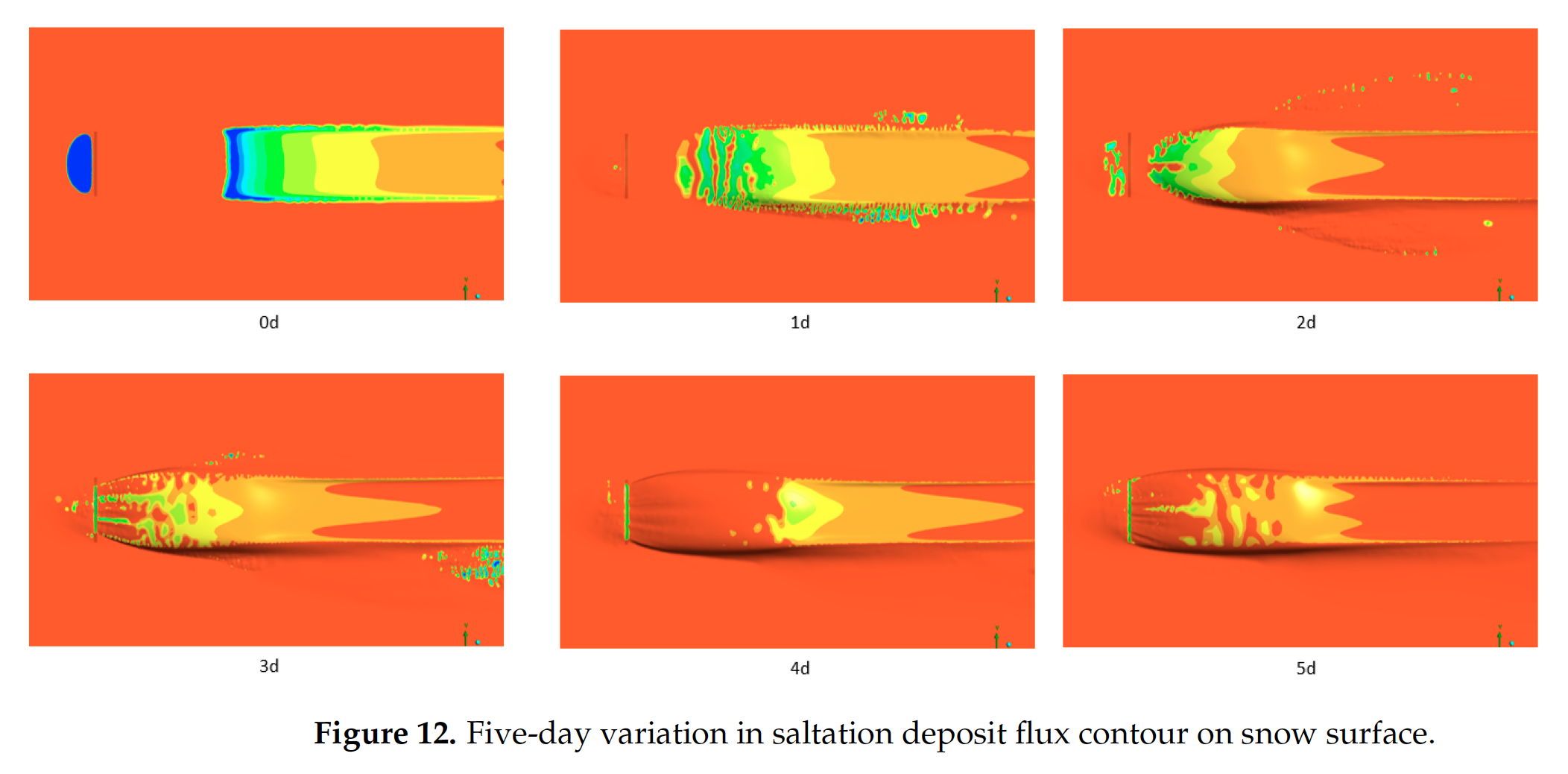We’re proud to highlight a collaborative effort between the University of Rome Tor Vergata and ANSYS Japan K.K., featured in the study: “𝘕𝘶𝘮𝘦𝘳𝘪𝘤𝘢𝘭 𝘚𝘪𝘮𝘶𝘭𝘢𝘵𝘪𝘰𝘯 𝘰𝘧 𝘚𝘯𝘰𝘸𝘥𝘳𝘪𝘧𝘵 𝘋𝘦𝘷𝘦𝘭𝘰𝘱𝘮𝘦𝘯𝘵 𝘪𝘯 𝘕𝘰𝘯-𝘌𝘲𝘶𝘪𝘭𝘪𝘣𝘳𝘪𝘶𝘮 𝘍𝘭𝘰𝘸 𝘍𝘪𝘦𝘭𝘥𝘴 𝘈𝘳𝘰𝘶𝘯𝘥 𝘉𝘶𝘪𝘭𝘥𝘪𝘯𝘨𝘴”
Authors: Ryu Nara, Corrado Groth, and Marco Evangelos Biancolini.
This research centers on the use of RBF Morph, a state-of-the-art mesh morphing tool, in combination with ANSYS Fluent to model snowdrift under dynamic, non-steady wind conditions. RBF Morph allowed the team to adapt building geometry in response to complex flow interactions, enabling precise tracking of how snow accumulates over time.
Traditional CFD methods often simplify snow transport, but this approach integrates real-time morphing and custom Fluent code to better simulate snow behavior in shifting aerodynamic fields. The result: more accurate insights into how snow drifts and deposits in urban and architectural environments.
The simulations spanned three non-equilibrium flow cases and were benchmarked against physical data. The morphing methodology showed strong accuracy for structures like cube-shaped buildings and stepped flat roofs.
Challenges remain in modeling snow fences, where current methods underpredict snow buildup downstream—pointing to areas for future improvement in mesh dynamics and flow resolution.
Ultimately, this work demonstrates the value of RBF Morph for enhancing CFD-based environmental modeling—paving the way for smarter, more resilient designs in snow-heavy climates.



